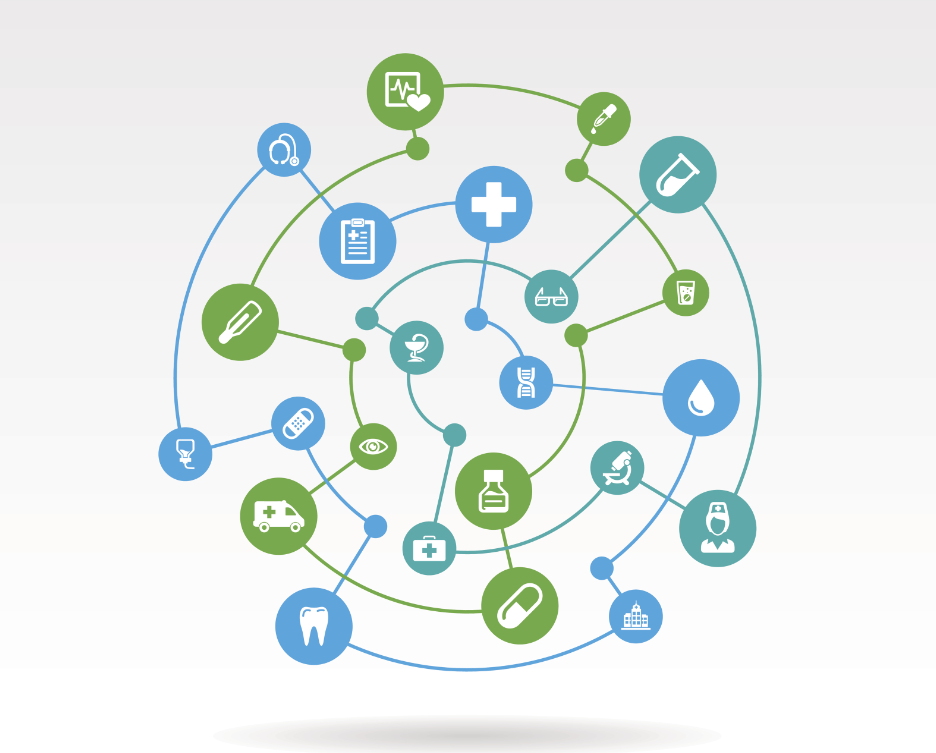Recent Developments:
-
Affordable Care Act (ACA):
- The passage of the ACA, also known as Obamacare, in 2010 brought substantial changes to the healthcare landscape. It expanded Medicaid, created health insurance marketplaces, and mandated coverage for pre-existing conditions, reducing the uninsured rate.
-
Telehealth Expansion:
- The COVID-19 pandemic accelerated the adoption of telehealth services. Virtual consultations and remote monitoring became more prevalent, providing convenient and accessible healthcare options.
-
Value-Based Care:
- The shift from fee-for-service to value-based care models aims to improve patient outcomes while controlling costs. Accountable Care Organizations (ACOs) and bundled payment arrangements incentivize quality over quantity.
-
Drug Pricing Reforms:
- The rising cost of prescription drugs has prompted discussions and reforms to make medications more affordable. Legislation to promote transparency and negotiation of drug prices is under consideration.
-
Mental Health Parity:
- Efforts have been made to improve mental health and substance abuse treatment access and equity. Legislation like the Mental Health Parity and Addiction Equity Act mandates equal insurance coverage for mental health services.
-
Precision Medicine:
- Advances in genomics and personalized medicine are enabling more precise and tailored treatment options for patients. Genetic testing and targeted therapies are becoming more common.
-
Data Interoperability:
- Improved data sharing among healthcare providers and systems enhances care coordination and patient outcomes. Initiatives like the 21st Century Cures Act promote interoperability and data access.
Future Trends:
-
Telemedicine Integration:
- Telehealth is expected to remain a permanent part of the healthcare landscape. It will continue to evolve with better technology, expanding services, and improved reimbursement models.
-
Artificial Intelligence (AI) and Big Data:
- AI and big data analytics will be increasingly used for diagnosing diseases, predicting outbreaks, and managing patient populations. These technologies can enhance efficiency and decision-making.
-
Patient-Centered Care:
- The focus on patient-centered care will intensify, with an emphasis on shared decision-making, patient empowerment, and personalized treatment plans.
-
Public Health Preparedness:
- The pandemic highlighted the importance of public health infrastructure and preparedness. Investments in public health systems and data surveillance will become a priority.
-
Mental Health and Teletherapy:
- The demand for mental health services will continue to rise. Teletherapy and digital mental health solutions will play a critical role in meeting this demand.
-
Preventive and Lifestyle Medicine:
- A shift towards preventive and lifestyle medicine will become more prominent. Encouraging healthier behaviors and addressing social determinants of health will be essential.
-
Health Equity and Access:
- Addressing health disparities and improving access to care, particularly in underserved communities, will remain a key goal.
-
Healthcare Workforce Changes:
- Workforce shortages, particularly in primary care and nursing, will necessitate innovative solutions, such as expanding the role of nurse practitioners and physician assistants.
-
Value-Based Payments and Alternative Payment Models:
- Value-based care will continue to evolve, with an emphasis on innovative payment models that reward quality, outcomes, and cost containment.
The changing landscape of American healthcare reflects an ongoing effort to improve access, quality, and affordability of healthcare services. The future will likely see continued advancements in technology, increased focus on preventive and patient-centered care, and a commitment to addressing health disparities and improving public health infrastructure.




Comments (0)